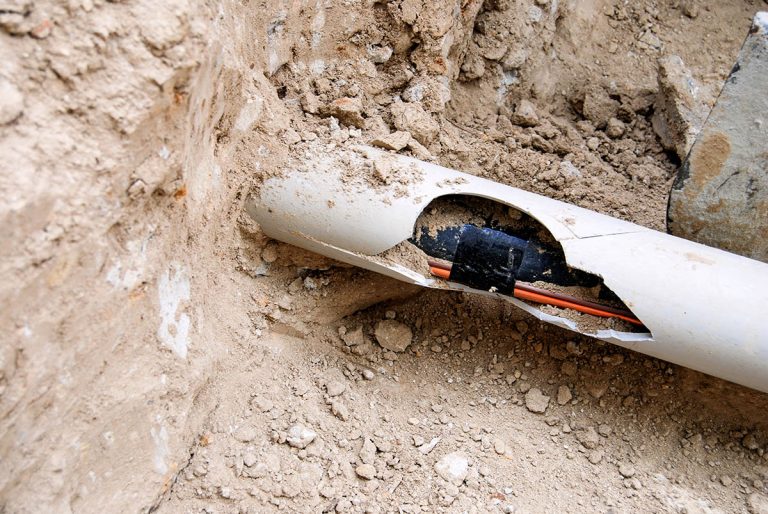
Revolutionizing Clay Pipe Repair: The Power of Trenchless Pipelining and Trenchless Sewer Repair
Clay pipes have long been a reliable choice for sewage and drainage systems. Their durability and longevity have served countless communities for decades. However, as time passes, even the sturdiest clay pipes can succumb to wear and tear, leading to leaks, cracks, and blockages. Traditionally, repairing clay pipes has been a laborious and disruptive process, requiring extensive excavation and replacement. But fear not, for there is a game-changing solution at hand: trenchless pipelining and trenchless sewer repair. In this article, we’ll explore the revolutionary techniques of trenchless technology, showcasing its ability to fix clay pipes efficiently and effectively. Understanding Clay Pipes: A Testimony of Durability Clay pipes have an illustrious history, tracing back to ancient civilizations. They have stood the test of time, displaying remarkable strength and longevity. However, even the most robust clay pipes can deteriorate over time due to various factors such as ground movement, root intrusion, or chemical corrosion. These issues can lead to leaks, blockages, and reduced efficiency within the sewer and drainage systems. To address these concerns, we turn to the innovative realm of trenchless pipelining and trenchless sewer repair. The Trenchless Revolution Unveiled Trenchless technology is a groundbreaking approach that allows for the repair




